
Defining The Tech Stack
Development And Testing
PP Launch And Maintenance
Traditional Models Are Siloed, But Cloud-native Models Promote Collaboration
Automation Is Crucial In Cloud-native Models, As Opposed To Manual Processes In Traditional Ones.
The Standard Model Is Os-dependent, And Cloud-native Is Os-individual.
The Low Backup Abilities Of The Standard Model Versus The Backup Of The Cloud-native Model
Automation
Statelessness
Defense-In-Depth
A cloud-centric approach is a way of creating, implementing, and organizing IT systems and services that heavily rely on cloud computing resources.
In a cloud-centric IT surrounding, the groups mindset shifts from standard structure organization to concentrating on the quick development and employment of applications. They highlight automation, agility, and the ability to harness cloud services to meet the company’s aims.
The term cloud-native is more of an umbrella tenure, a conception for an association of serverless structure, microservices characteristic, the efficient use of containerization, and enormous other innovations that influence cloud computing is some form.
In many ways, cloud-native is the next step in agile development. It is an advance day reached to evolving a virtual item while taking benefit of advance rules that concentrate on faster employment, more effective use of computing power, and better user experience.
When selecting devices for creating cloud applications, you must evaluate needs, features, and design, that fit your app. Also, monitor in mind the reliability factor while selecting the tech stack. Below is a general tech stack for generating simple and latest cloud-based applications.
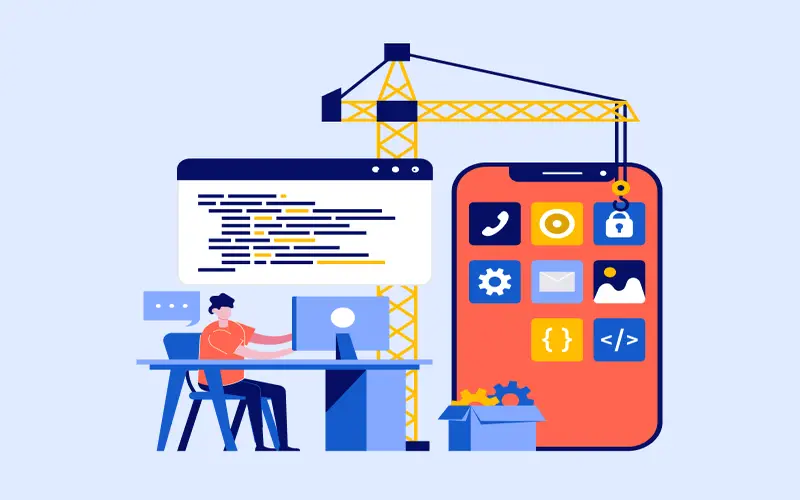
Cloud solutions are developed following Scrum and Agile procedures. The manufacturing process is typically broken into sprints (where one sprint = 10 working days). Cloud-native applications are essential when manufacturing such solutions since they provide personalization with hassle-free procedures.
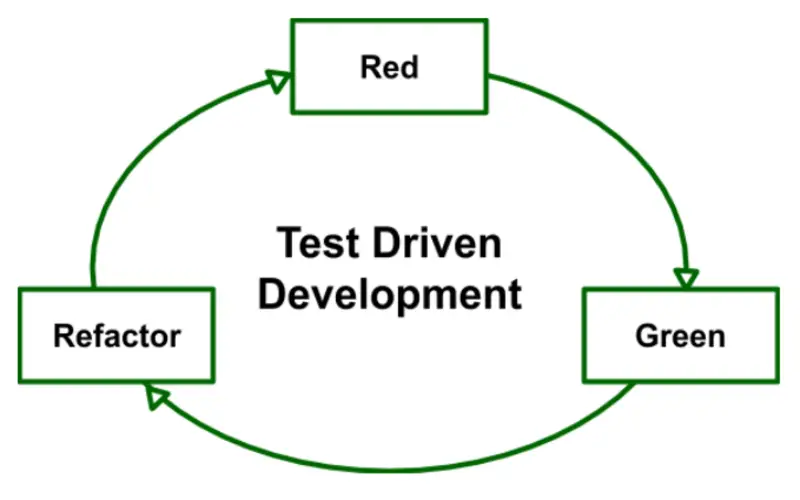
You can publish your cloud app on Google Play (Android) or the App Store (iOS). Google Play uses automated testing to speed up the app approval process. Moreover, Google doesn’t mention why your app is refused in the result. Google Play does not levy a comparable fee.
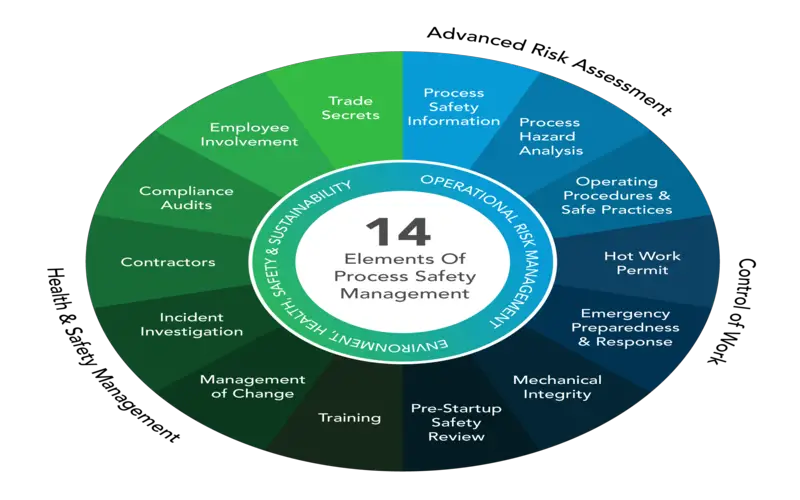
In standard development, while services are interrelated, the structure works on separate, group-wise goals. For example, the operations group receives a complete code set from the coder group and will use the same to start production. Cooperation Cloud native’s cooperation is in stark different in the silo model of standard development.
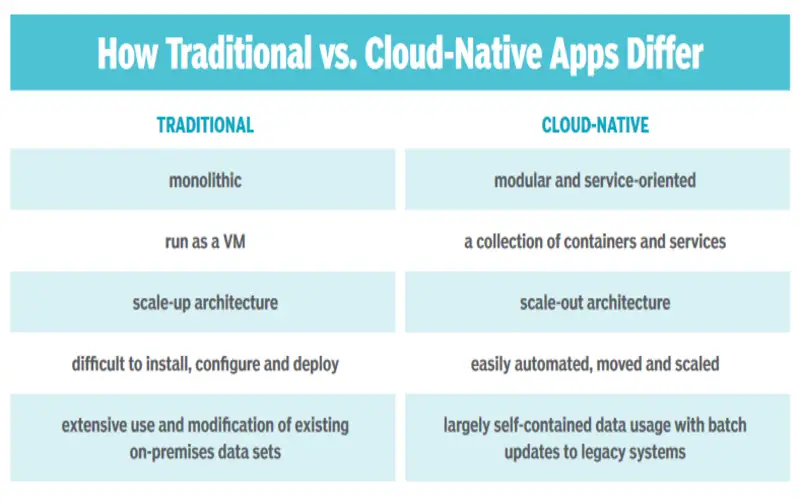
The usual technique requires manual work throughout the entire procedure. Yet, the error of human issues remains. While this may bring forward human specialist, particular procedures may take longer to finished, such as determine errors, troubleshooting, and employment errors. It can also lead to higher downtime. Automation and cloud-native development go hand in hand to reduce these errors and automate manual tasks.
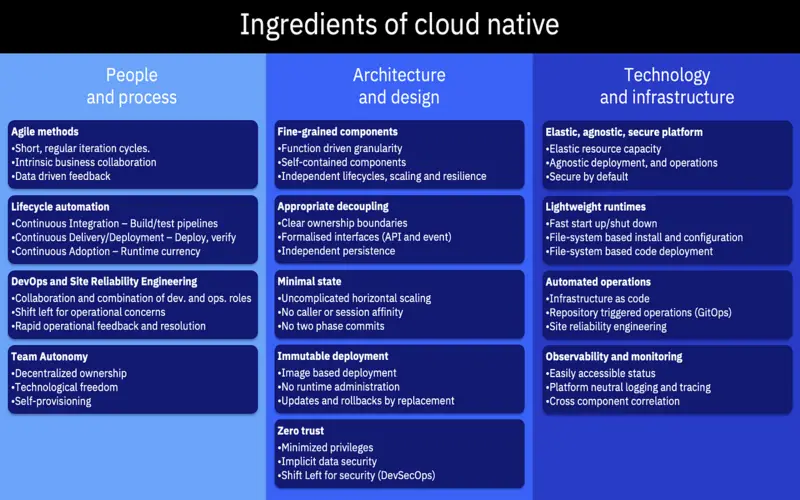
In terms of the operating system, when cloud-native against the standard is measured, the standard model depends heavily on the operating system’s unity. Its dependence may work in some cases. Moreover, with today’s generation, it may lead to complicated issues of migration and reliability. As the term cloud-native development declare, the applications coders are OS individual and are build on the cloud. There is no relativity on the underlying structure and this microservices pattern enables coders to shift their concentrate away for structure to better software development.
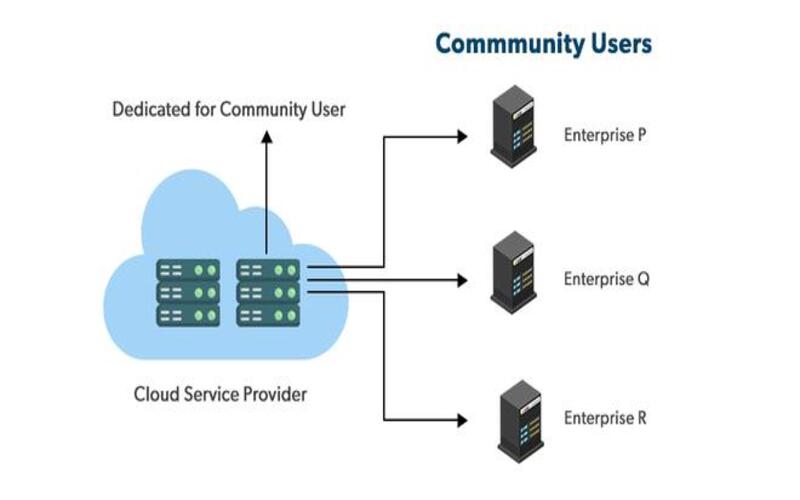
A rigid structure does not offer the features of automated backup, calamity recovery, controlling missing documentation, and so on. The requirement for an automated backup and recovery system is now more than ever, and the lack of the same can be a move to higher enterprises that control large amounts of data. With cloud-native development, there is a certainly of backup and protection as the automated backup assists recover from failed employments, restarts, disruption, and so on. The backups can also assist scanning and agreement processes, enabling finished clearly and tracing of resources used.

Cloud-native apps are manufactured to influence automation to control things like robust scaling. That’s part of what keeps them so reactive and agile.
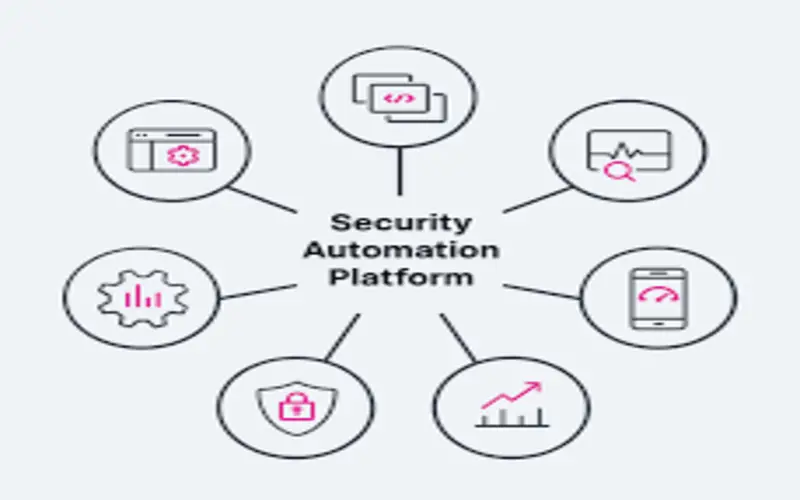
Because the state the cloud-native app is preserved in exterior entity, it’s not knot to the structure it starts on, unlike a web service running from a server. It makes it easier to start in a scattered manner and helps keep it accessible.
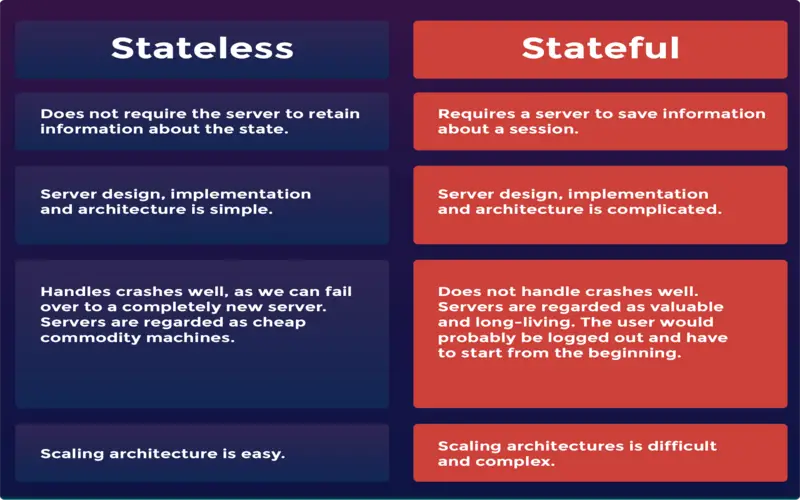
Perimeter military doesn’t work with the cloud, acquiring more through authentication mechanisms and zero trust ideal to be put in location. Cloud-native app protection is immediately more lightweight and more efficient.

LATEST TECHNOLOGY ARTICLES
LATEST TECHNOLOGY NEWS